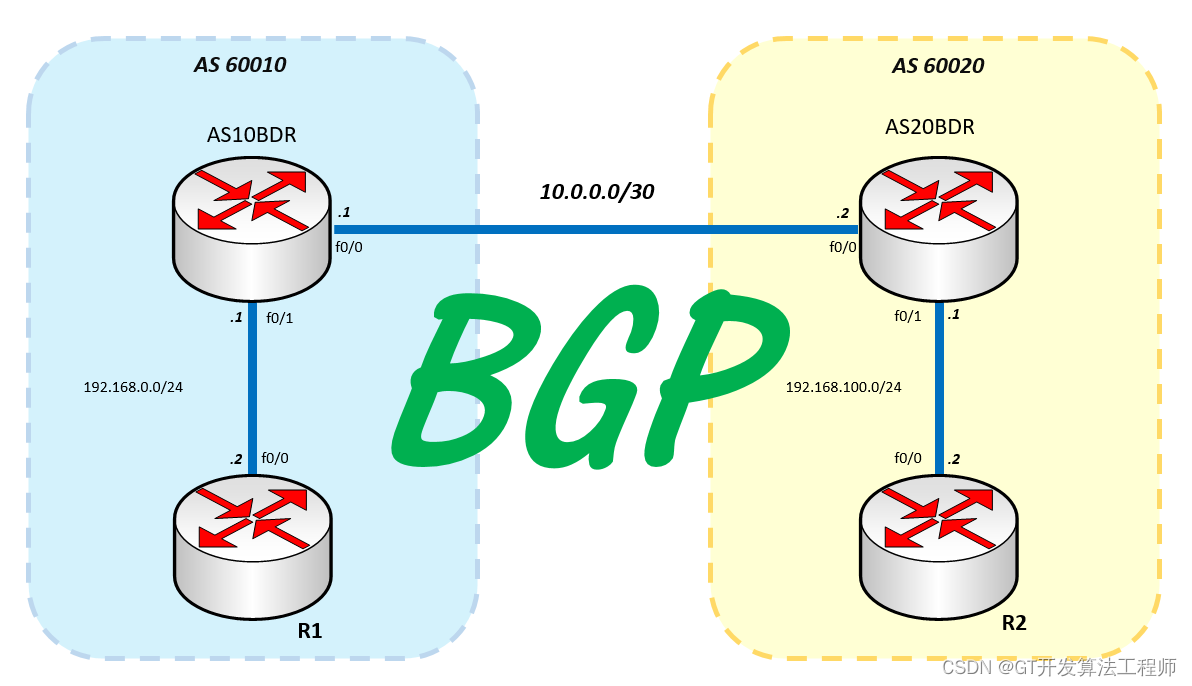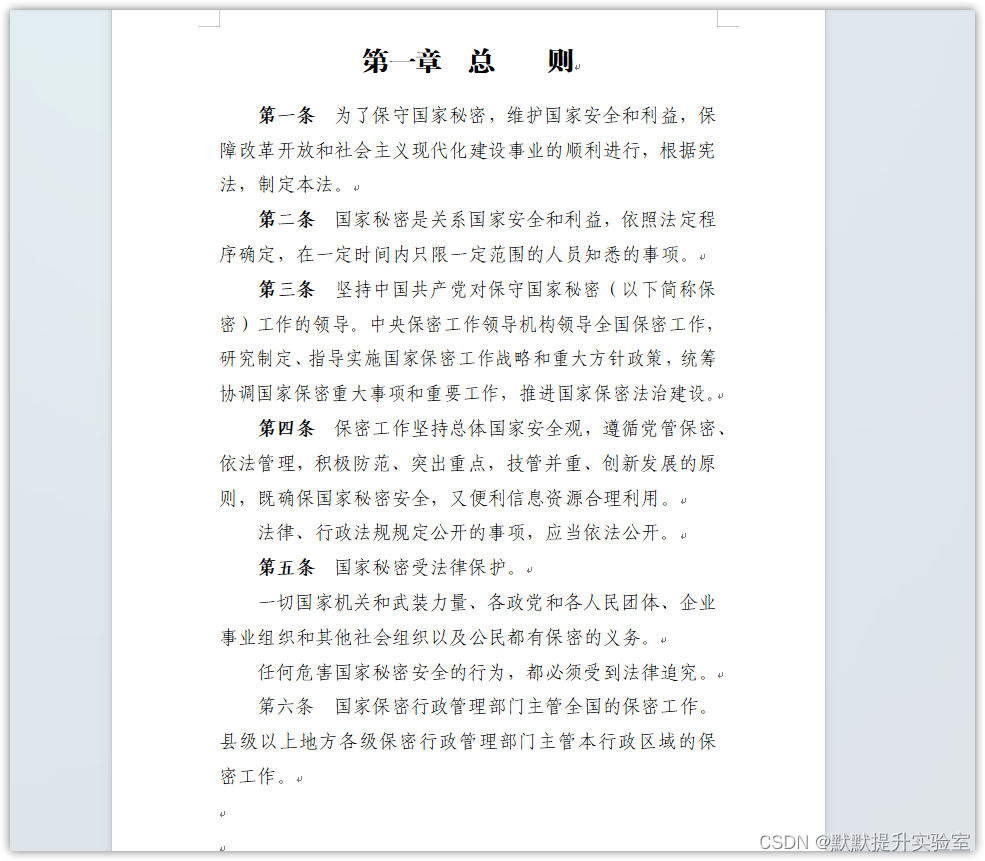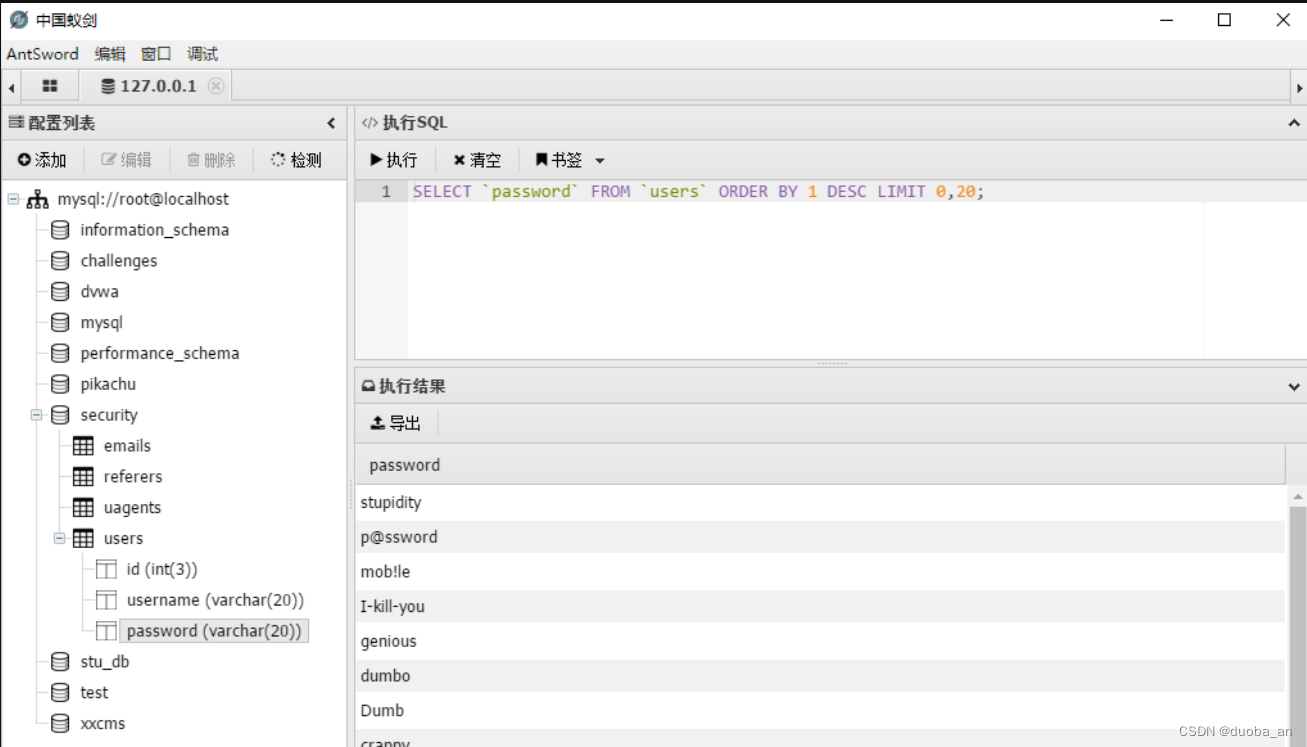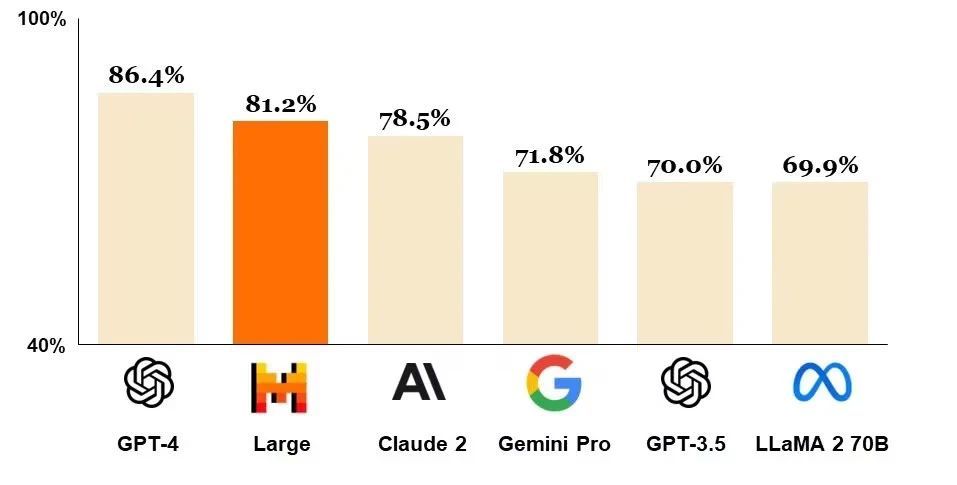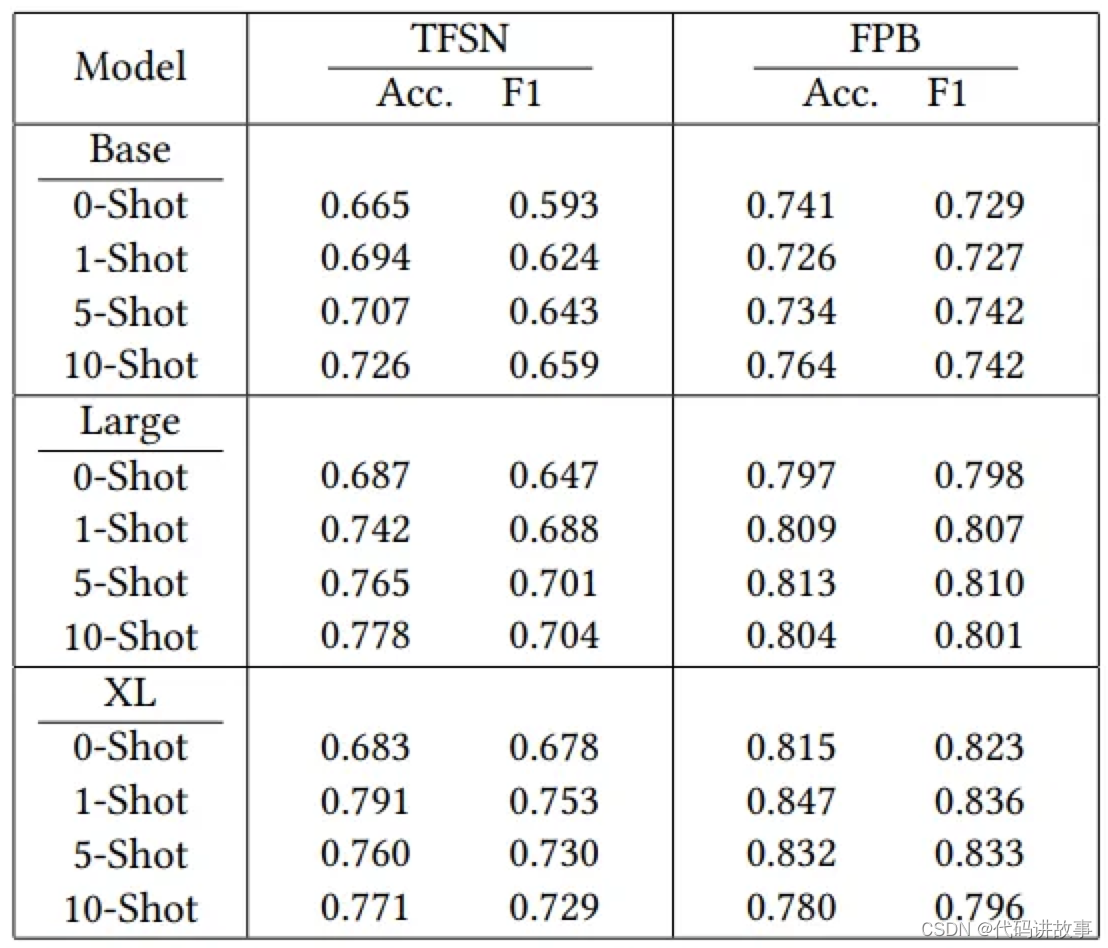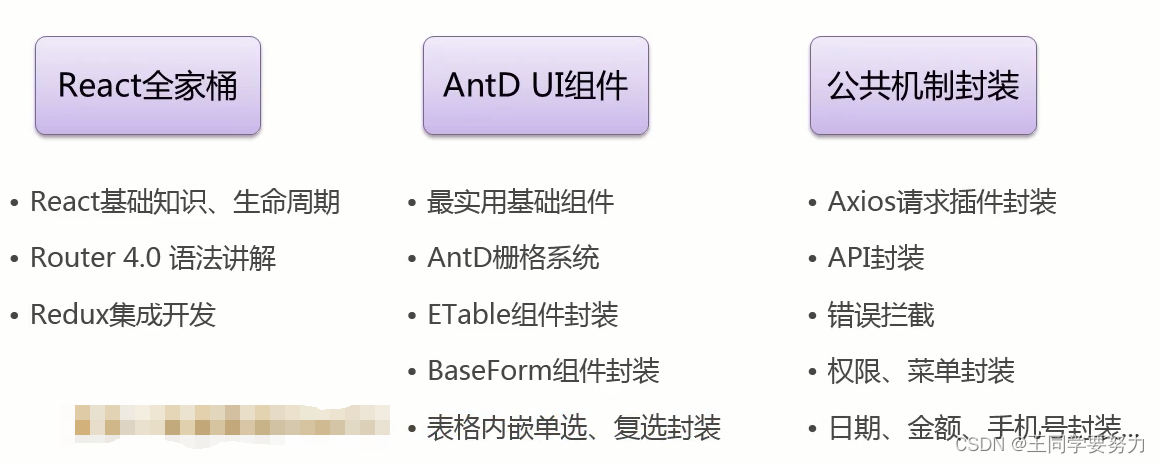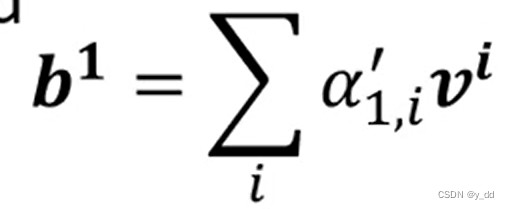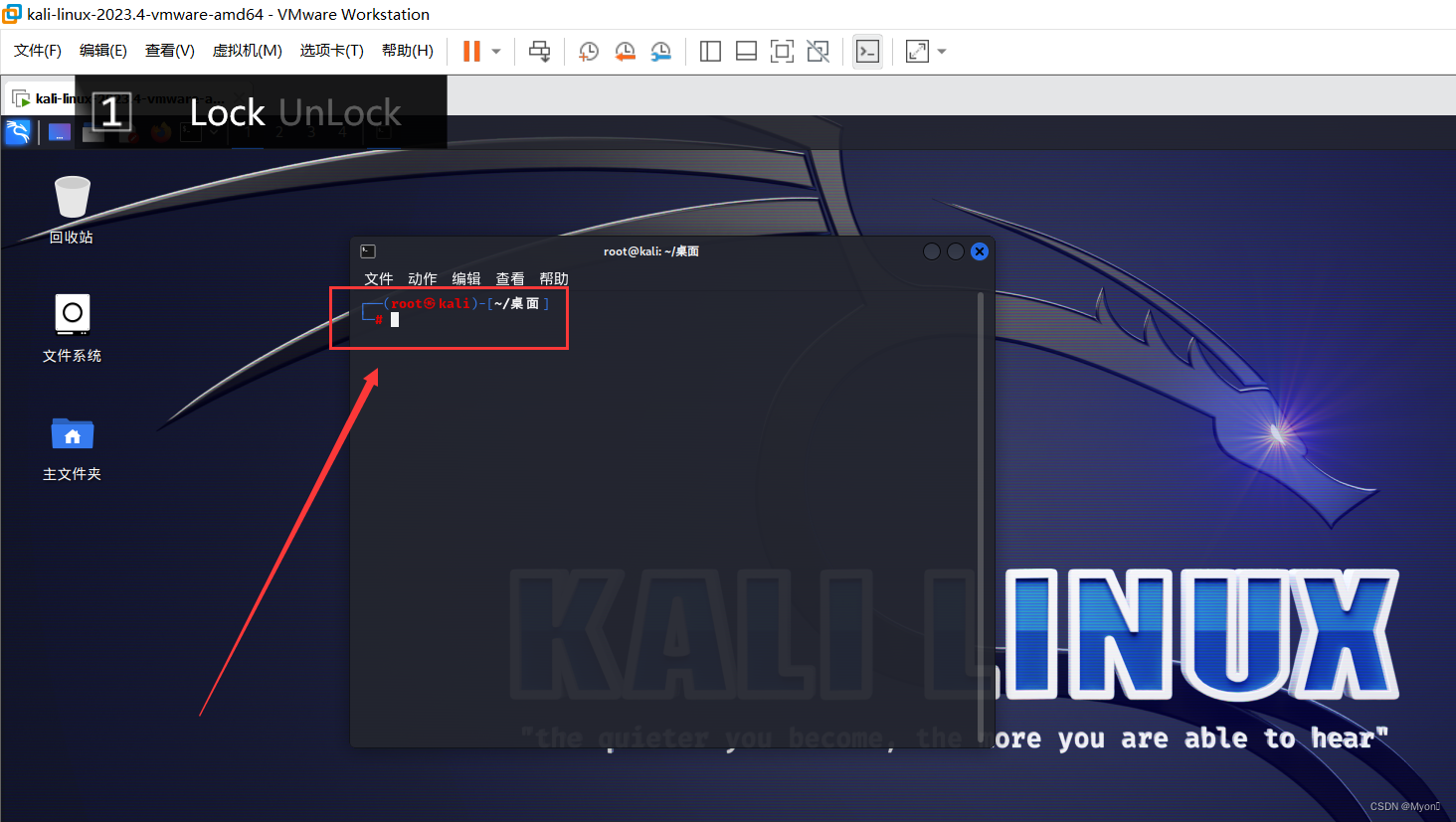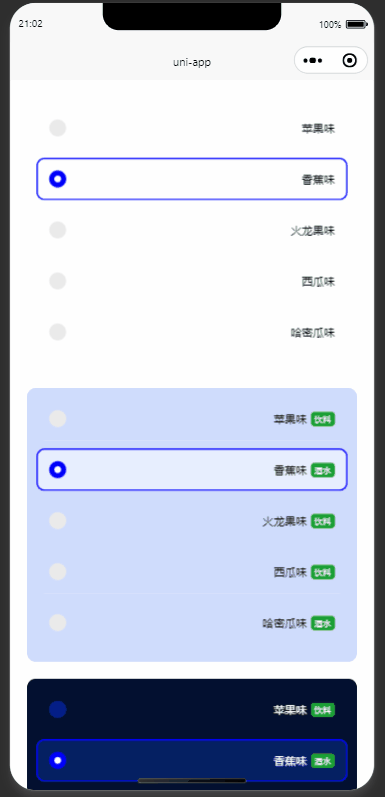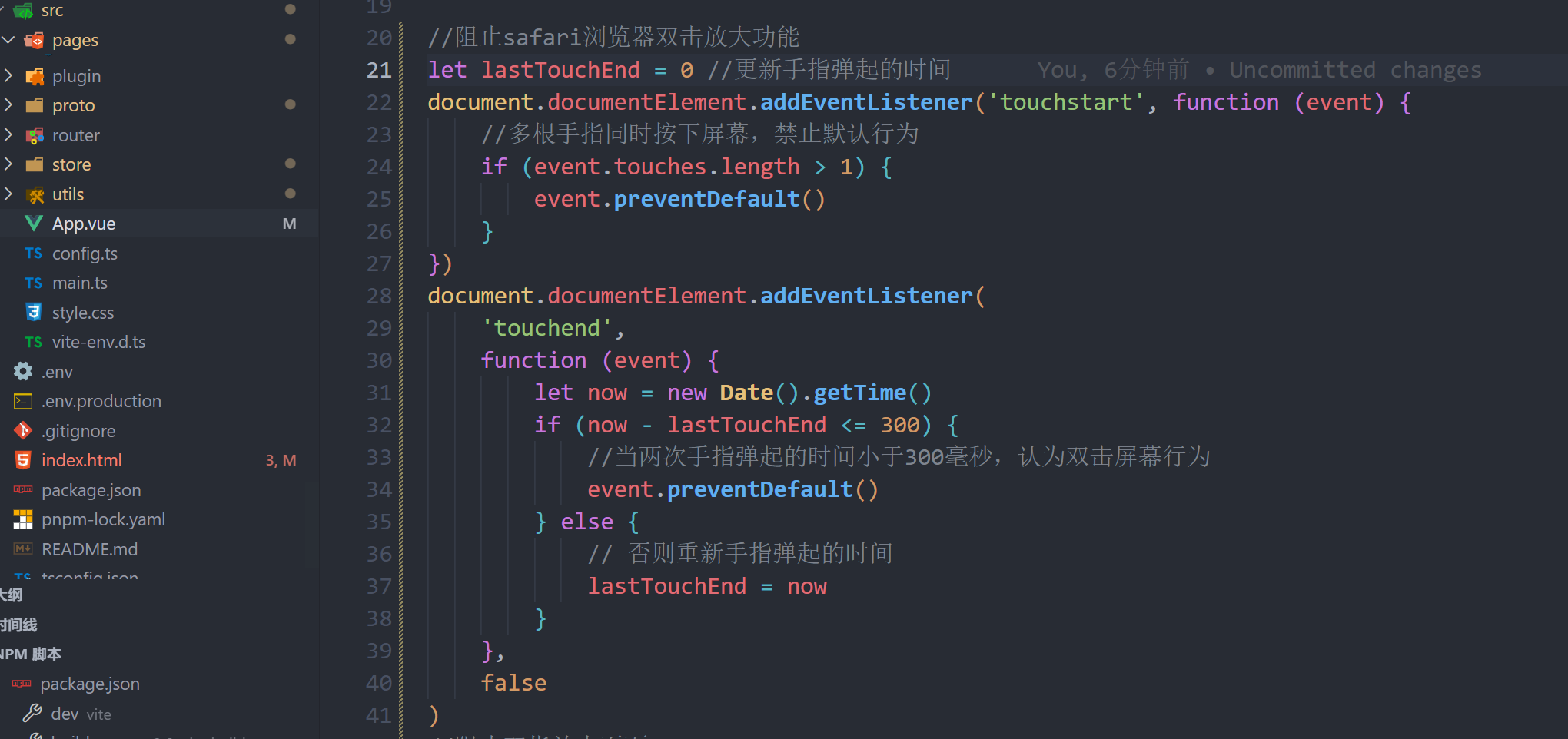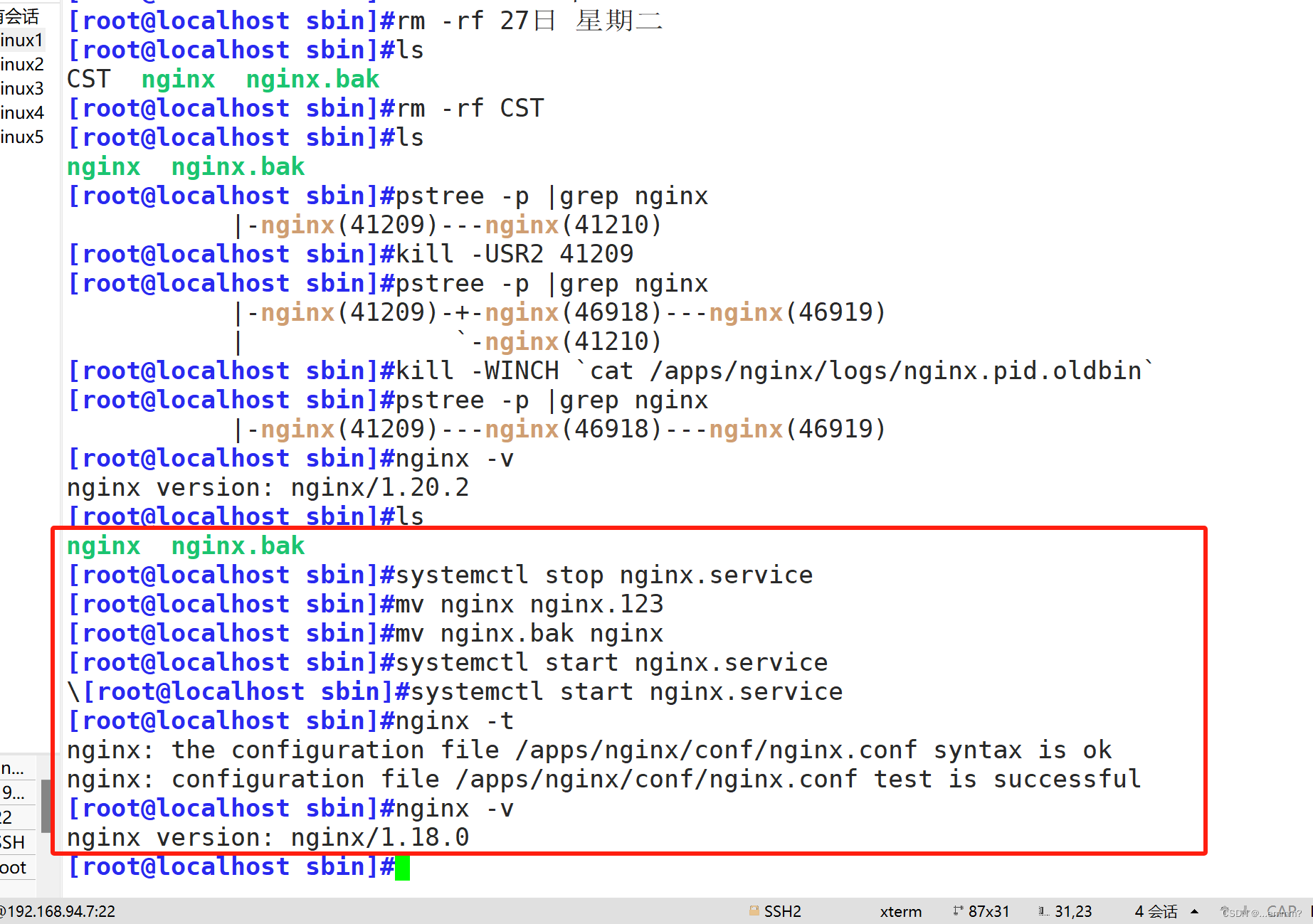文章目录
- 1、简介
- 2、Qt + QOpenGLWidget + gl函数
- 3、Qt + QOpenGLWidget + qt函数
- 4、Qt + QOpenGLWindow
- 5、Qt + glut
- 6、Qt + glfw
- 结语
1、简介
Qt提供了与OpenGL实现集成的支持,使开发人员有机会在更传统的用户界面的同时显示硬件加速的3D图形。
Qt有两种主要的UI开发方法:QtQuick和QtWidgets。它们的存在是为了支持不同类型的用户界面,并建立在针对每种类型进行了优化的独立图形引擎上。

可以将在OpenGL图形API中编写的代码与Qt中的这两种用户界面类型结合起来。当应用程序有自己的OpenGL相关代码时,或者当它与基于OpenGL的第三方渲染器集成时,这可能很有用。
Qt OpenGL模块包含方便类,使这种类型的集成更容易、更快。
QOpenGLWidget提供了三个方便的虚拟函数,您可以在子类中重新实现这些函数来执行典型的OpenGL任务:
- paintGL()-渲染OpenGL场景。每当需要更新小部件时调用。
- resizeGL()-设置OpenGL视口、投影等。每当小部件被调整大小时(以及当它第一次显示时,因为所有新创建的小部件都会自动获得调整大小事件),都会调用它。
- initializeGL()-设置OpenGL资源和状态。在第一次调用resizeGL()或paintGL()之前调用一次。
最简单的QOpenGLWidget子类可能如下所示:
class MyGLWidget : public QOpenGLWidget
{
public:
MyGLWidget(QWidget *parent) : QOpenGLWidget(parent) { }
protected:
void initializeGL() override
{
// Set up the rendering context, load shaders and other resources, etc.:
QOpenGLFunctions *f = QOpenGLContext::currentContext()->functions();
f->glClearColor(1.0f, 1.0f, 1.0f, 1.0f);
...
}
void resizeGL(int w, int h) override
{
// Update projection matrix and other size related settings:
m_projection.setToIdentity();
m_projection.perspective(45.0f, w / float(h), 0.01f, 100.0f);
...
}
void paintGL() override
{
// Draw the scene:
QOpenGLFunctions *f = QOpenGLContext::currentContext()->functions();
f->glClear(GL_COLOR_BUFFER_BIT);
...
}
};
或者,可以通过从QOpenGLFunctions派生来避免每个OpenGL调用的前缀:
class MyGLWidget : public QOpenGLWidget, protected QOpenGLFunctions
{
...
void initializeGL() override
{
initializeOpenGLFunctions();
glClearColor(...);
...
}
...
};
2、Qt + QOpenGLWidget + gl函数
- untitled4.pro
QT += core gui
greaterThan(QT_MAJOR_VERSION, 4): QT += widgets
CONFIG += c++11
DEFINES += QT_DEPRECATED_WARNINGS
SOURCES += \
main.cpp \
qopenglwidgettest.cpp
HEADERS += \
qopenglwidgettest.h
FORMS += \
qopenglwidgettest.ui
# Default rules for deployment.
qnx: target.path = /tmp/$${TARGET}/bin
else: unix:!android: target.path = /opt/$${TARGET}/bin
!isEmpty(target.path): INSTALLS += target
RESOURCES += \
res.qrc
- main.cpp
#include "qopenglwidgettest.h"
#include <QApplication>
int main(int argc, char *argv[])
{
QApplication a(argc, argv);
QOpenGLWidgetTest w;
w.show();
return a.exec();
}
- qopenglwidgettest.h
#ifndef QOPENGLWIDGETTEST_H
#define QOPENGLWIDGETTEST_H
#include <QOpenGLWidget>
#include <QOpenGLFunctions_3_3_Core>
#include <QOpenGLShaderProgram>
QT_BEGIN_NAMESPACE
namespace Ui { class QOpenGLWidgetTest; }
QT_END_NAMESPACE
class QOpenGLWidgetTest : public QOpenGLWidget
, protected /*QOpenGLExtraFunctions*/QOpenGLFunctions_3_3_Core
{
Q_OBJECT
public:
QOpenGLWidgetTest(QWidget *parent = nullptr);
~QOpenGLWidgetTest();
protected:
virtual void initializeGL();
virtual void resizeGL(int w, int h);
virtual void paintGL();
private:
Ui::QOpenGLWidgetTest *ui;
QOpenGLShaderProgram shaderProgram;
};
#endif // QOPENGLWIDGETTEST_H
- qopenglwidgettest.cpp
#include "qopenglwidgettest.h"
#include "ui_qopenglwidgettest.h"
static GLuint VBO, VAO, EBO;
QOpenGLWidgetTest::QOpenGLWidgetTest(QWidget *parent)
: QOpenGLWidget(parent)
, ui(new Ui::QOpenGLWidgetTest)
{
ui->setupUi(this);
}
QOpenGLWidgetTest::~QOpenGLWidgetTest()
{
delete ui;
glDeleteVertexArrays(1, &VAO);
glDeleteBuffers(1, &VBO);
glDeleteBuffers(1, &EBO);
}
void QOpenGLWidgetTest::initializeGL(){
this->initializeOpenGLFunctions();
bool success = shaderProgram.addShaderFromSourceFile(QOpenGLShader::Vertex, ":/new/prefix1/triangle.vert");
if (!success) {
qDebug() << "shaderProgram addShaderFromSourceFile failed!" << shaderProgram.log();
return;
}
success = shaderProgram.addShaderFromSourceFile(QOpenGLShader::Fragment, ":/new/prefix1/triangle.frag");
if (!success) {
qDebug() << "shaderProgram addShaderFromSourceFile failed!" << shaderProgram.log();
return;
}
success = shaderProgram.link();
if(!success) {
qDebug() << "shaderProgram link failed!" << shaderProgram.log();
}
//VAO,VBO数据部分
float vertices[] = {
0.5f, 0.5f, 0.0f, // top right
0.5f, -0.5f, 0.0f, // bottom right
-0.5f, -0.5f, 0.0f, // bottom left
-0.5f, 0.5f, 0.0f // top left
};
unsigned int indices[] = { // note that we start from 0!
0, 1, 3, // first Triangle
1, 2, 3 // second Triangle
};
glGenVertexArrays(1, &VAO);
glGenBuffers(1, &VBO);
glGenBuffers(1, &EBO);
// bind the Vertex Array Object first, then bind and set vertex buffer(s), and then configure vertex attributes(s).
glBindVertexArray(VAO);
glBindBuffer(GL_ARRAY_BUFFER, VBO);
glBufferData(GL_ARRAY_BUFFER, sizeof(vertices), vertices, GL_STATIC_DRAW); //顶点数据复制到缓冲
glBindBuffer(GL_ELEMENT_ARRAY_BUFFER, EBO);
glBufferData(GL_ELEMENT_ARRAY_BUFFER, sizeof(indices), indices, GL_STATIC_DRAW);
glVertexAttribPointer(0, 3, GL_FLOAT, GL_FALSE, 3 * sizeof(GLfloat), (void*)0);//告诉程序如何解析顶点数据
glEnableVertexAttribArray(0);
glBindBuffer(GL_ARRAY_BUFFER, 0);//取消VBO的绑定, glVertexAttribPointer已经把顶点属性关联到顶点缓冲对象了
// remember: do NOT unbind the EBO while a VAO is active as the bound element buffer object IS stored in the VAO; keep the EBO bound.
// glBindBuffer(GL_ELEMENT_ARRAY_BUFFER, 0);
// You can unbind the VAO afterwards so other VAO calls won't accidentally modify this VAO, but this rarely happens. Modifying other
// VAOs requires a call to glBindVertexArray anyways so we generally don't unbind VAOs (nor VBOs) when it's not directly necessary.
glBindVertexArray(0); //取消VAO绑定
}
void QOpenGLWidgetTest::resizeGL(int w, int h){
glViewport(0, 0, w, h);
}
void QOpenGLWidgetTest::paintGL(){
glClearColor(0.5f, 0.5f, 0.5f, 1.0f);
glClear(GL_COLOR_BUFFER_BIT);
shaderProgram.bind();
glBindVertexArray(VAO);
// glDrawArrays(GL_TRIANGLES, 0, 6);
glDrawElements(GL_TRIANGLES, 6, GL_UNSIGNED_INT, 0);
shaderProgram.release();
}
- triangle.vert
#version 330 core
layout(location = 0) in vec3 aPos;
void main(){
gl_Position = vec4(aPos.x, aPos.y, aPos.z, 1.0f);
}
- triangle.frag
#version 330 core
out vec4 FragColor;
void main(){
FragColor = vec4(1.0f, 0.5f, 0.2f, 1.0f);
}
运行如下:
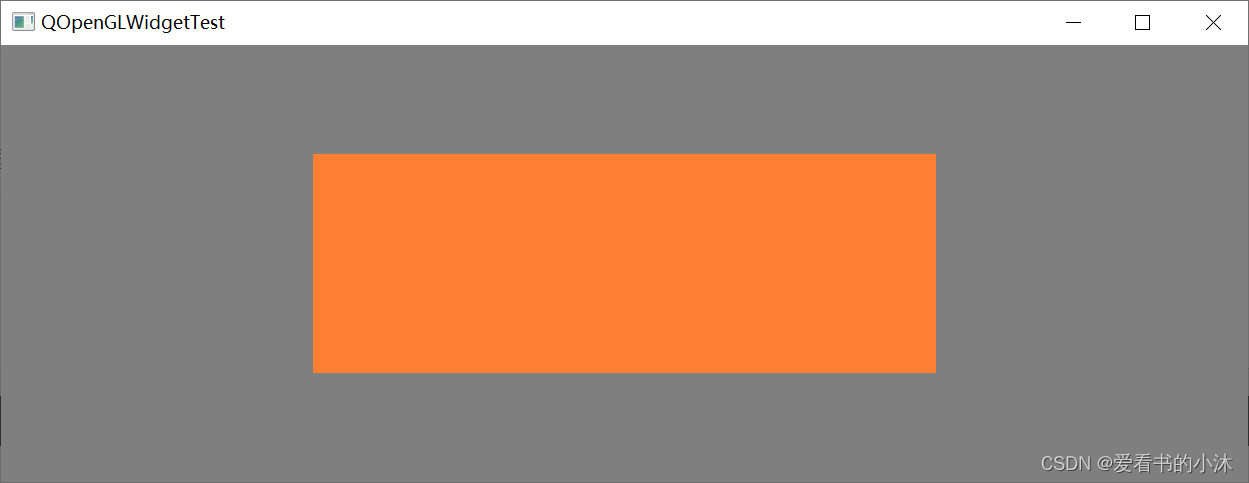
3、Qt + QOpenGLWidget + qt函数
- qtfunctionwidget.h
#ifndef QTFUNCTIONWIDGET_H
#define QTFUNCTIONWIDGET_H
#include <QOpenGLWidget>
#include <QOpenGLShader>
#include <QOpenGLShaderProgram>
#include <QDebug>
#include <QOpenGLFunctions>
#include <QOpenGLVertexArrayObject>
#include <QOpenGLBuffer>
class QtFunctionWidget : public QOpenGLWidget, protected QOpenGLFunctions
{
public:
QtFunctionWidget(QWidget *parent = nullptr);
~QtFunctionWidget() Q_DECL_OVERRIDE;
protected:
virtual void initializeGL() Q_DECL_OVERRIDE;
virtual void resizeGL(int w, int h) Q_DECL_OVERRIDE;
virtual void paintGL() Q_DECL_OVERRIDE;
private:
QOpenGLShaderProgram shaderProgram;
QOpenGLBuffer vbo, ebo;
QOpenGLVertexArrayObject vao;
};
#endif // QTFUNCTIONWIDGET_H
- qtfunctionwidget.cpp
#include "QtFunctionWidget.h"
#include <QFile>
QtFunctionWidget::QtFunctionWidget(QWidget *parent) : QOpenGLWidget (parent),
vbo(QOpenGLBuffer::VertexBuffer),
ebo(QOpenGLBuffer::IndexBuffer)
{
}
QtFunctionWidget::~QtFunctionWidget(){
makeCurrent();
vbo.destroy();
ebo.destroy();
vao.destroy();
doneCurrent();
}
void QtFunctionWidget::initializeGL(){
this->initializeOpenGLFunctions();
bool success = shaderProgram.addShaderFromSourceFile(QOpenGLShader::Vertex, ":/new/prefix1/triangle.vert");
if (!success) {
qDebug() << "shaderProgram addShaderFromSourceFile failed!" << shaderProgram.log();
return;
}
success = shaderProgram.addShaderFromSourceFile(QOpenGLShader::Fragment, ":/new/prefix1/triangle.frag");
if (!success) {
qDebug() << "shaderProgram addShaderFromSourceFile failed!" << shaderProgram.log();
return;
}
success = shaderProgram.link();
if(!success) {
qDebug() << "shaderProgram link failed!" << shaderProgram.log();
}
//VAO,VBO数据部分
GLfloat vertices[] = {
0.7f, 0.5f, 0.0f, // top right
0.5f, -0.6f, 0.0f, // bottom right
-0.6f, -0.5f, 0.0f, // bottom left
-0.5f, 0.7f, 0.0f // top left
};
unsigned int indices[] = { // note that we start from 0!
0, 1, 3, // first Triangle
1, 2, 3 // second Triangle
};
QOpenGLVertexArrayObject::Binder vaoBind(&vao);
vbo.create();
vbo.bind();
vbo.allocate(vertices, sizeof(vertices));
ebo.create();
ebo.bind();
ebo.allocate(indices, sizeof(indices));
int attr = -1;
attr = shaderProgram.attributeLocation("aPos");
shaderProgram.setAttributeBuffer(attr, GL_FLOAT, 0, 3, sizeof(GLfloat) * 3);
shaderProgram.enableAttributeArray(attr);
vbo.release();
// remember: do NOT unbind the EBO while a VAO is active as the bound element buffer object IS stored in the VAO; keep the EBO bound.
// ebo.release();
}
void QtFunctionWidget::resizeGL(int w, int h){
glViewport(0, 0, w, h);
}
void QtFunctionWidget::paintGL(){
glClearColor(0.2f, 0.2f, 0.0f, 1.0f);
glClear(GL_COLOR_BUFFER_BIT);
shaderProgram.bind();
{
QOpenGLVertexArrayObject::Binder vaoBind(&vao);
glDrawElements(GL_TRIANGLES, 6, GL_UNSIGNED_INT, 0);
}
shaderProgram.release();
}
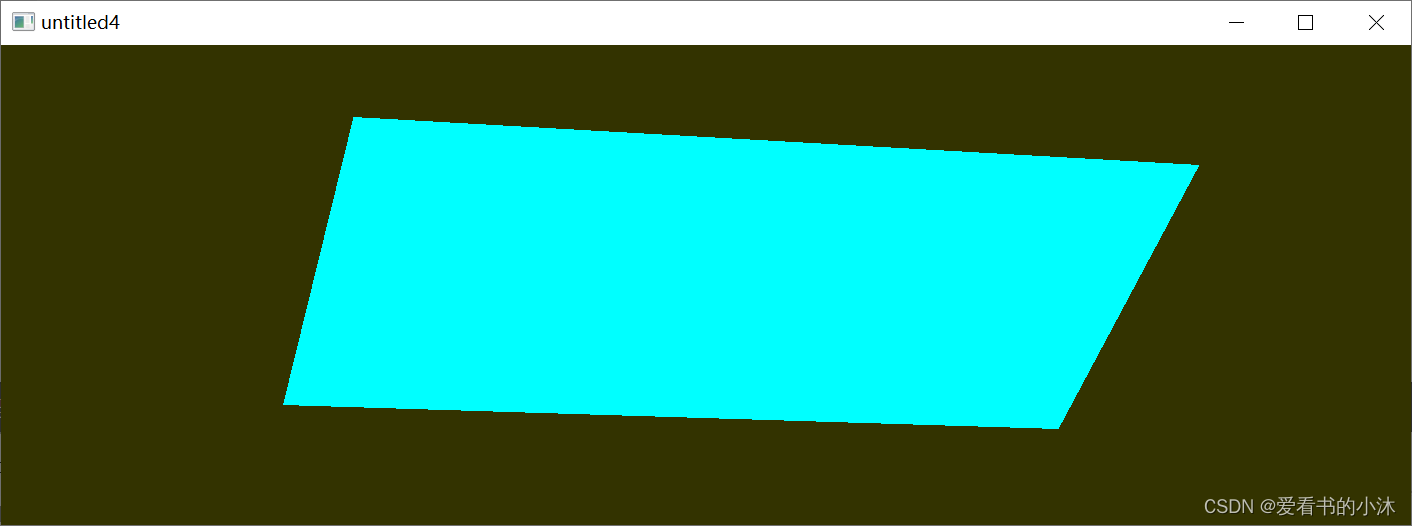
4、Qt + QOpenGLWindow
- untitled4.pro
QT += core gui
greaterThan(QT_MAJOR_VERSION, 4): QT += widgets
TARGET = OpenGL
TEMPLATE = app
CONFIG += c++11
SOURCES += \
main.cpp \
mywindow.cpp
HEADERS += \
mywindow.h
LIBS += -lopengl32\
-lglu32
- main.cpp
#include <QApplication>
#include <MyWindow.h>
int main(int argc, char *argv[])
{
QApplication a(argc, argv);
MyWindow w;
w.setWidth(640);
w.setHeight(480);
w.setTitle(QString::fromLocal8Bit("爱看书的小沐"));
w.show();
return a.exec();
}
- mywindow.h
#ifndef WINDOW_H
#define WINDOW_H
#include <QOpenGLWindow>
#include <QOpenGLFunctions>
#include <QTimer>
class MyWindow : public QOpenGLWindow, protected QOpenGLFunctions
{
Q_OBJECT
public:
MyWindow();
~MyWindow();
protected:
void initializeGL(); //初始化设置
void resizeGL(int w, int h); //窗口尺寸变化响应函数
void paintGL(); //重绘响应函数
private:
GLfloat angle; //定义旋转角度
QTimer *timer; //定义新的定时器
};
#endif // WINDOW_H
- mywindow.cpp
#include "mywindow.h"
MyWindow::MyWindow()
{
timer = new QTimer();
angle = 0.0;
connect(timer, SIGNAL(timeout()), this, SLOT(update()));
timer->start(100);
}
MyWindow::~MyWindow()
{
}
void MyWindow::initializeGL()
{
initializeOpenGLFunctions();
glClearColor(0.0,0.0,0.0,0.0);
glClearDepth(1.0);
}
void MyWindow::resizeGL(int w, int h)
{
Q_UNUSED(w);
Q_UNUSED(h);
}
void MyWindow::paintGL()
{
glClear(GL_COLOR_BUFFER_BIT | GL_DEPTH_BUFFER_BIT);
glLoadIdentity();
glRotated(angle,0.0,1.0,0.0);
glBegin(GL_TRIANGLES);
glColor3f(1.0,0.0,0.0);
glVertex3f(0.0,0.8,0.0);
glColor3f(0.0,0.0,1.0);
glVertex3f(0.5,0.0,0.0);
glColor3f(0.0,1.0,0.0);
glVertex3f(-0.5,0.0,0.0);
glEnd();
angle+=10.0;
}
程序运行如下:

5、Qt + glut
https://freeglut.sourceforge.net/
freeglut是OpenGL实用工具工具包(GLUT)库的免费软件/开源替代品。GLUT最初由Mark Kilgard编写,用于支持OpenGL“红皮书”第二版中的示例程序。从那时起,GLUT就被广泛应用于各种实际应用中,因为它简单、可用性广、便携性强。
GLUT(以及freeglut)负责创建窗口、初始化OpenGL上下文和处理输入事件所需的所有特定于系统的家务,以实现真正可移植的OpenGL程序。
freeglut是在X-Consortium许可下发布的。

- untitled4.pro
LIBS += -L$$PWD\lib -lfreeglut
CONFIG += c++11
DEFINES += QT_DEPRECATED_WARNINGS
INCLUDEPATH += include
SOURCES += \
main.cpp
- main.cpp
#include "GL/glut.h"
void display(void)
{
// clear all pixels
glClear(GL_COLOR_BUFFER_BIT);
glColor3f(0.5, 0.1, 1.0);
glBegin(GL_POLYGON);
glVertex3f(0.20, 0.20, 0.0);
glVertex3f(0.80, 0.20, 0.0);
glVertex3f(0.80, 0.80, 0.0);
glVertex3f(0.20, 0.80, 0.0);
glEnd();
glFlush();
}
void init(void)
{
// select clearing color: blue
glClearColor(0.0, 1.0, 0.0, 0.0);
// initialize viewing values
glMatrixMode(GL_PROJECTION);
glLoadIdentity();
glOrtho(0.0, 1.0, 0.0, 1.0, -1.0, 1.0);
}
int main(int argc, char *argv[])
{
glutInit(&argc, argv);
glutInitDisplayMode(GLUT_SINGLE | GLUT_RGB);
glutInitWindowSize(640, 240);
glutInitWindowPosition(480, 320);
glutCreateWindow("爱看书的小沐");
init();
glutDisplayFunc(display);
glutMainLoop();
return 0;
}



程序运行后:
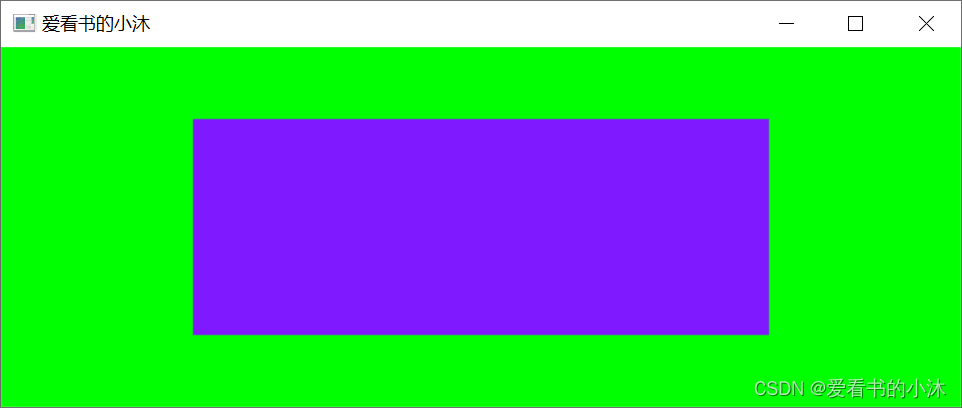
6、Qt + glfw
https://www.glfw.org/
GLFW是一个开源、多平台的库,用于OpenGL、OpenGL ES和Vulkan在桌面上的开发。它提供了一个简单的API,用于创建窗口、上下文和表面,接收输入和事件。
GLFW是用C语言编写的,支持Windows、macOS、Wayland和X11。
GLFW是根据zlib/libpng许可证获得许可的。

- untitled4.pro
LIBS += -L$$PWD\lib -lglfw3 -lopengl32 -lGlU32 -luser32 -lkernel32 -lgdi32
CONFIG += c++11
DEFINES += QT_DEPRECATED_WARNINGS
INCLUDEPATH += include
SOURCES += \
main.cpp
- main.cpp
#include <iostream>
#include "GLFW/glfw3.h"
using namespace std;
int main(int argc, char *argv[])
{
GLFWwindow* window;
/* Initialize the library */
if (!glfwInit())
return -1;
/* Create a windowed mode window and its OpenGL context */
window = glfwCreateWindow(640, 480, "Hello World", NULL, NULL);
if (!window)
{
glfwTerminate();
return -1;
}
/* Make the window's context current */
glfwMakeContextCurrent(window);
/* Loop until the user closes the window */
while (!glfwWindowShouldClose(window))
{
/* Render here */
glClear(GL_COLOR_BUFFER_BIT);
/* Swap front and back buffers */
glfwSwapBuffers(window);
/* Poll for and process events */
glfwPollEvents();
}
glfwTerminate();
return 0;
}


程序运行如下:
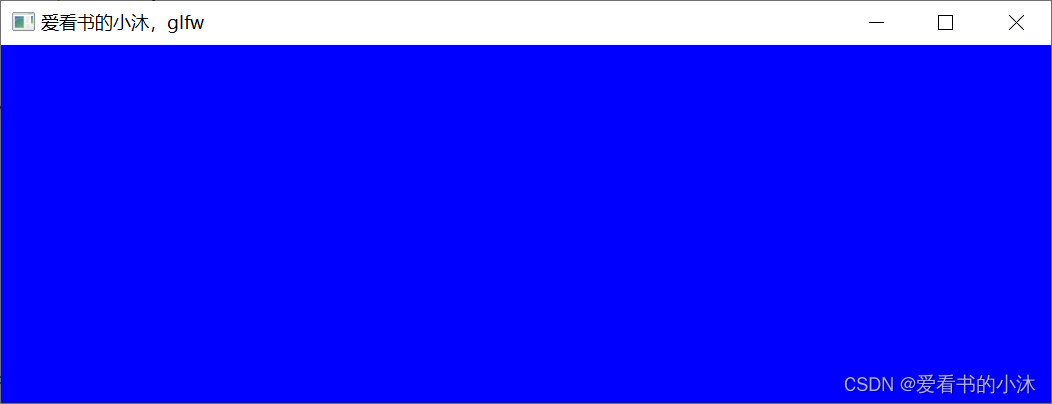
结语
如果您觉得该方法或代码有一点点用处,可以给作者点个赞,或打赏杯咖啡;╮( ̄▽ ̄)╭
如果您感觉方法或代码不咋地//(ㄒoㄒ)//,就在评论处留言,作者继续改进;o_O???
如果您需要相关功能的代码定制化开发,可以留言私信作者;(✿◡‿◡)
感谢各位童鞋们的支持!( ´ ▽´ )ノ ( ´ ▽´)っ!!!
